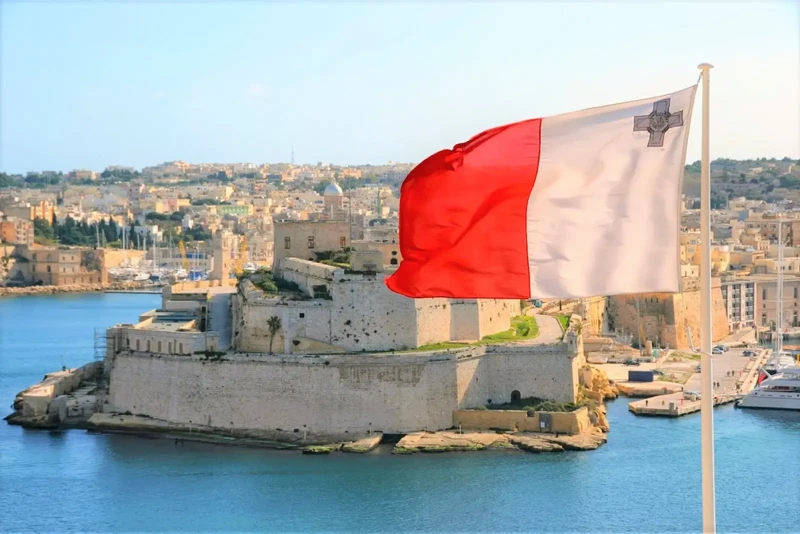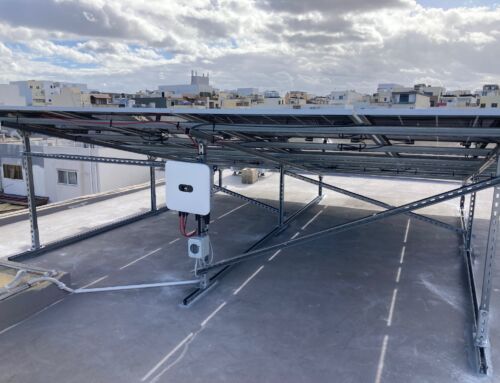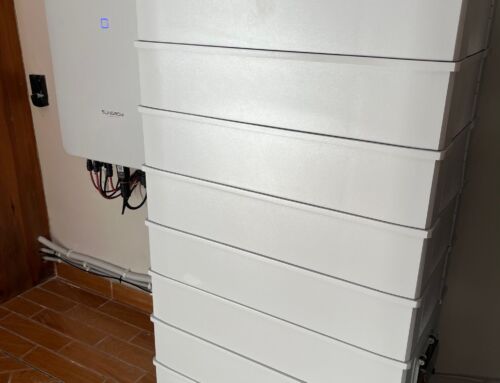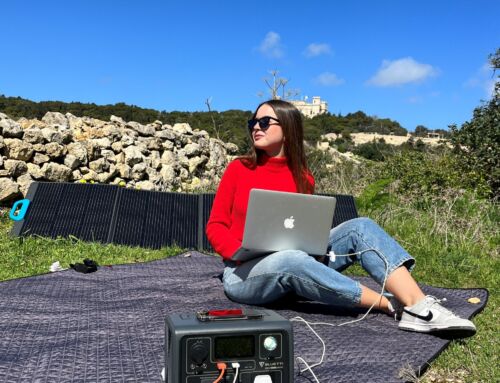Of all EU member states, Malta has the most sunshine. And yet, according to recent Eurostat report, Malta is in EU’s bottom league when it comes to share of electricity from renewable sources. Why?
One reason often cited to be behind this poor performance, is Malta’s scarcity of land available for solar PV installations. This is indeed a major limiting factor, but is lack of land a viable justification for not going solar at a faster rate?
If the space available for solar panels is so limited, are we using this scarce resource efficiently, and to its full potential? Unfortunately, the answer is no.
For instance, vast majority of rooftop PV installations in Malta are retrofitted onto buildings that have clearly NOT been designed for PV. As a result, much of the rooftop potential for solar energy is underutilized.
At Virtue Solaris, we believe that Malta receives enough FREE energy from the Sun to power most of the needs of our present generations, without jeopardising the ability of future generations to power THEIR needs in the future yet to come.
However for this to happen, there needs to be a proper and systematic consideration of solar energy in all relevant policy decisions and regulations particularly in building design, spatial planning and architecture. There also need to be smarter economic incentives for going solar.
Here we share some suggestions:
- There needs to be a policy that would make PV mandatory for all new buildings and for major renovations / alteration to existing buildings.
- “PV-friendliness” of a building design should be a criterion for the issuance of energy performance certificate for buildings AND a pre-condition for planning permit approval.
- There needs to be proper design guidance for building roofs that takes solar energy issues duly into consideration. For example, roof slabs should be designed to withstand dynamic and static loads of PV systems. Rooftop structures such as lift shafts, access rooms, washrooms and chimneys should as much as feasible be located on the northern part of the roof so as to maximize space available for PV panels.
- Lack of provision of appropriate access for modern services means cables are often run on building facades as opposed to in appropriate trunking inside service shafts. Internal layout of most apartment blocks must be designed in a manner that would provide sufficient and safe area in the common parts to accommodate necessary infrastructure related to PV, such as space for PV energy meters, electrical distribution boxes, batteries for hybrid PV systems and so on.
- Lack of uniform approach to building heights, street widths and general lack of open areas spaces mean that most rooftop areas would at some point be affected by shadows cast from neighbouring properties. This problem needs to be addressed by introducing solar considerations in all spatial planning decisions.
- Due to the absence of “solar rights” in Maltese legislation, anyone with a PV system overshadowed by a neighbouring development cannot be fairly compensated. Addressing this lacunae in the law in a fair and equitable manner would certainly create a win-win situation for all.
- There should be solar PV carport structures in every car park.
- There need to be better government incentives for going solar, particularly incentives of economic nature. Better and more inclusive feed-in tariffs, seamless and long-term grant schemes for households, tax credits / soft loans / guarantees for businesses and households going solar, as well as educational initiatives to provide information on the great benefits of solar energy for everyone.
Activity tags




